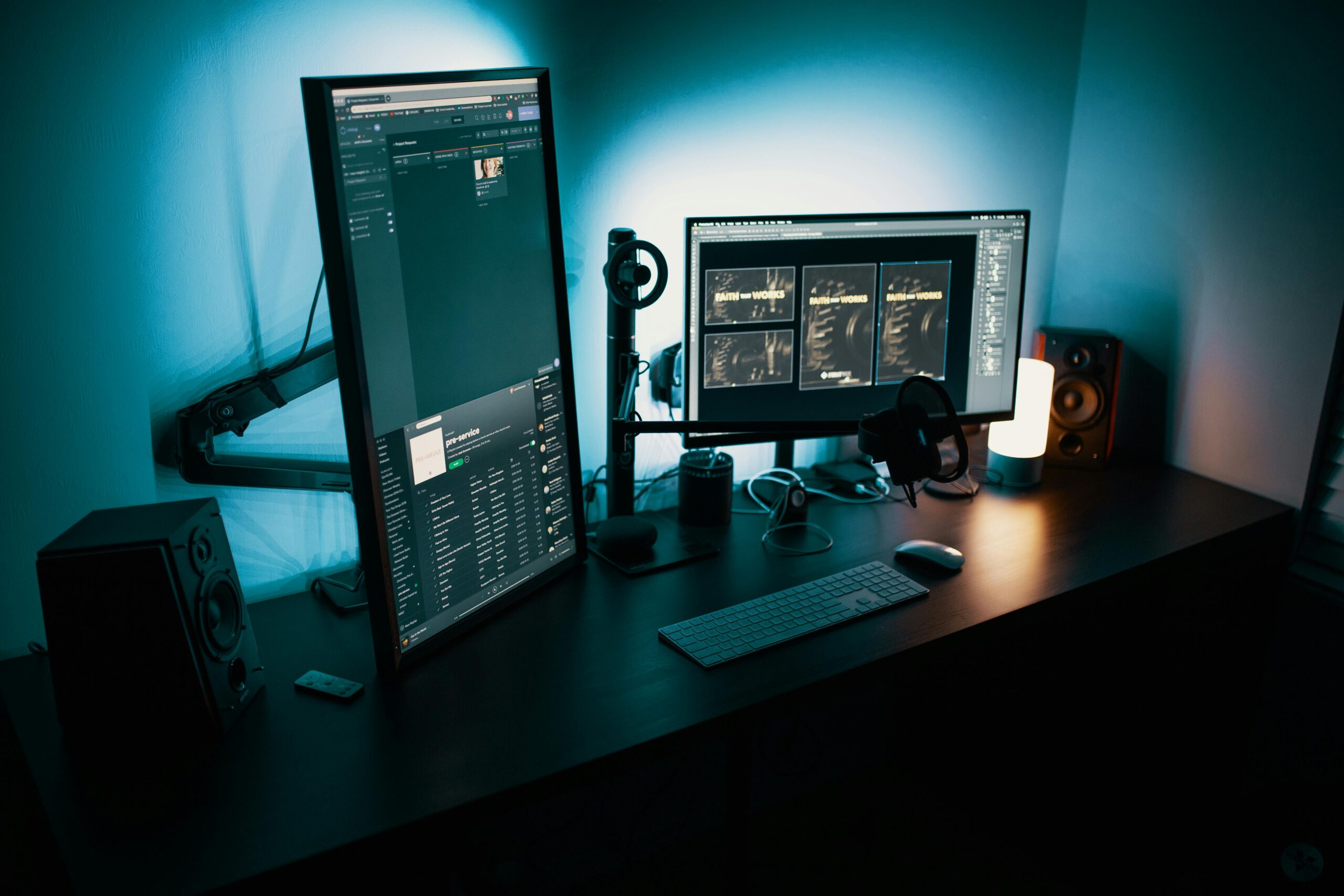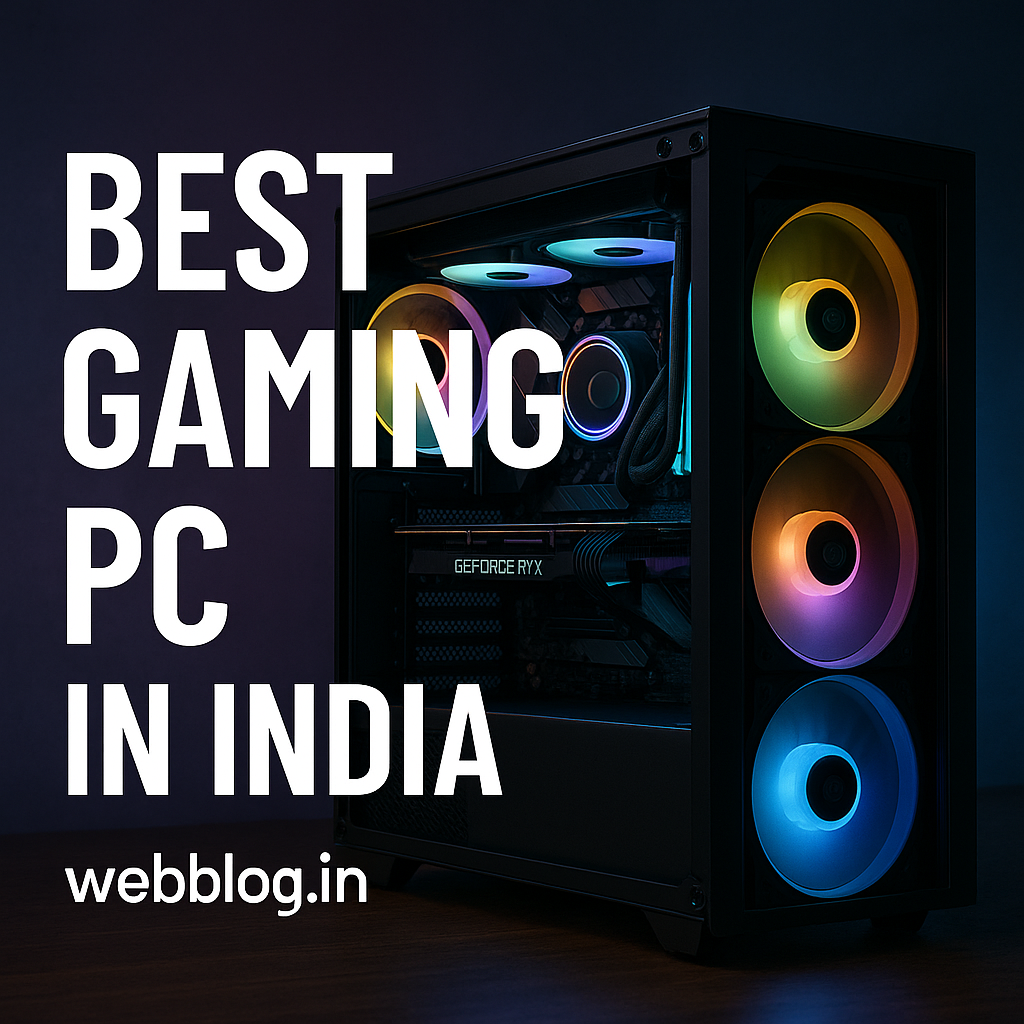Whether you’re buying your first PC, building one from scratch, or simply trying to understand what’s under the hood of your laptop, knowing the basics of computer hardware is essential. In this post, we’ll walk you through the fundamental components that make up a computer and explain their roles in simple terms.
🧠 1. Central Processing Unit (CPU)
The CPU is the brain of the computer. It handles all the instructions it receives from software and hardware running on the machine. The faster the CPU, the quicker your computer can process tasks.
- Brands: Intel, AMD
- Key specs: Cores, Threads, Clock Speed (GHz), Cache
💡 Tip: For basic tasks, a dual-core CPU is sufficient. For gaming or content creation, go for quad-core or higher.
🧮 2. Motherboard
The motherboard is the main circuit board. It connects all components—CPU, RAM, storage, and peripherals—allowing them to communicate.
- Features to consider: CPU socket type, RAM slots, expansion slots (PCIe), USB ports, and chipset.
💡 Tip: Ensure compatibility between the motherboard and other parts like CPU and RAM.
🧠 3. Random Access Memory (RAM)
RAM is your computer’s short-term memory. It temporarily stores data your system needs to access quickly. The more RAM you have, the smoother multitasking becomes.
- Common sizes: 4GB (minimum), 8GB (standard), 16GB+ (for heavy use)
💡 Tip: DDR4 and DDR5 are the latest types. Always check your motherboard’s RAM support.
💾 4. Storage Drives (HDD vs SSD)
Storage is where all your files, software, and the operating system live.
- HDD (Hard Disk Drive): More storage, cheaper, but slower.
- SSD (Solid State Drive): Faster, more expensive, ideal for OS and software.
💡 Tip: Use an SSD for your system drive and an HDD for storing large files.
🧯 5. Power Supply Unit (PSU)
The PSU converts electricity from your wall socket into usable power for your components. It’s one of the most important—and overlooked—parts.
- Measured in watts (W): 400W to 850W is common for most PCs.
💡 Tip: Don’t cheap out on the PSU. A good one protects your PC from power surges.
🎮 6. Graphics Processing Unit (GPU)
Also known as a graphics card, the GPU handles everything visual—images, videos, games, and more. It takes the load off the CPU for rendering graphics.
- Integrated GPU: Built into the CPU, fine for basic use.
- Dedicated GPU: A separate card, essential for gaming, video editing, etc.
💡 Tip: NVIDIA and AMD are the two main GPU manufacturers.
💻 7. Computer Case (Cabinet)
The case houses and protects all your internal components. It also helps with airflow and cooling.
- Form factors: ATX (standard), Micro-ATX, Mini-ITX
- Cooling options: Fans, air vents, sometimes liquid cooling
💡 Tip: Ensure your case is compatible with your motherboard size and has good ventilation.
⌨️ 8. Input and Output Devices
- Input devices: Keyboard, Mouse, Webcam, Microphone
- Output devices: Monitor, Speakers, Printer
These allow users to interact with the system and receive output.
🔗 Final Thoughts
Understanding computer hardware is the first step to becoming tech-savvy. Whether you’re planning to build a PC or just want to know what makes your laptop tick, these components form the core of every computing device.
💡 Stay tuned to webblog.in for more tech guides, hardware reviews, and buying tips!






